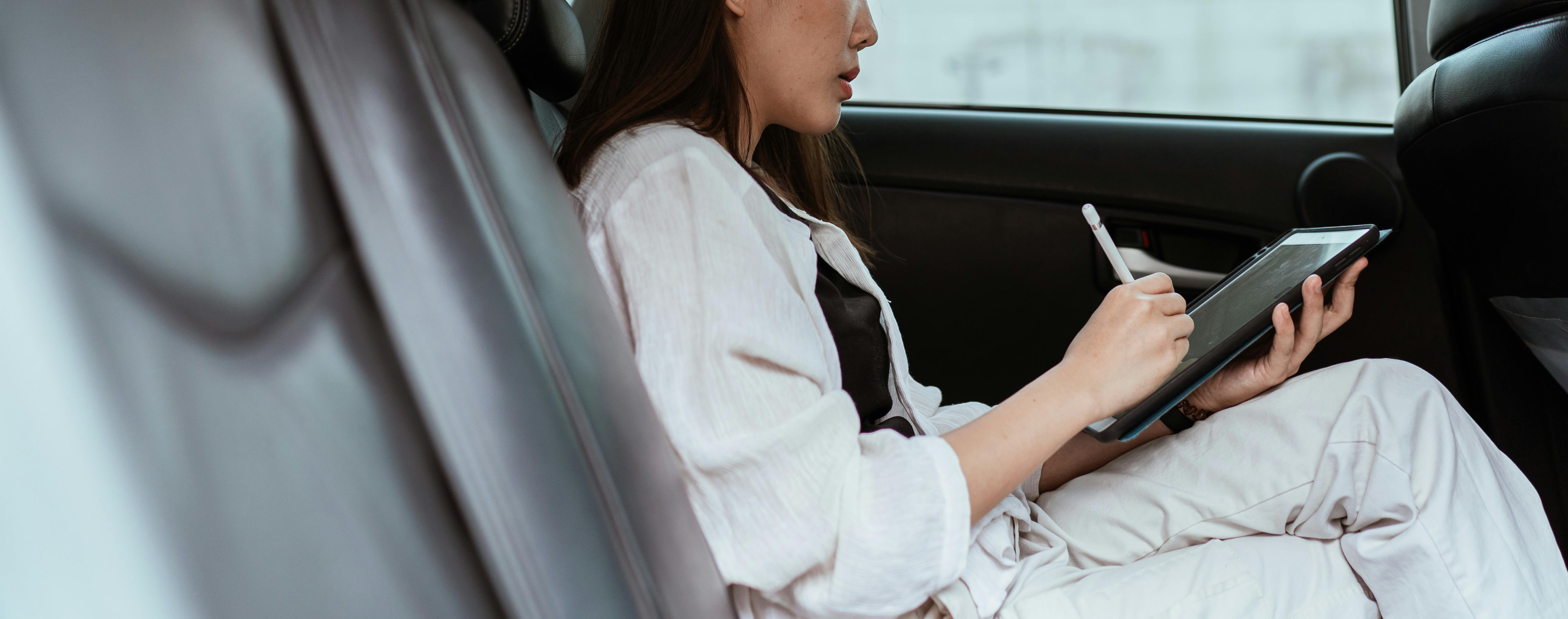Regardless of subject matter, medium, technique, or level of experience, all painters inevitably work with space, line, value, and color. By controlling visual relationships, we create images about things that won’t actually be on the surface of the image: shape, depth, separation, texture, and various degrees and types of light. Accurately rendered, these elements magically produce convincing illusions of the subject.
Art has always been a means of communication. It is a “show and tell” process in which the narrative is the most important. We approach what we personally find to be the most important aspect of our subject matter, and then relate the principles of art to increase the effectiveness of communicating our unique emotional relationship with that special something.
Technically, we must understand exactly how the end results are achieved or why they fail. It is those visual relationships that make the difference.
We must see and know our subject. Guesswork probably destroys more compositions than any other factor. Good enough usually isn’t. We cannot produce works of artistic merit until we focus intensely on the principles of art instead of simply trying to duplicate what we see “as is”, leaving nothing out, but putting in nothing of our own choosing. I believe that it is necessary to recognize, evaluate and control eight main components of all painting.
Impact
This is the most important impression at first glance when looking at our own work or that of others. It is often called the WOW factor. If the finished work doesn’t take our breath away or requires a second take, it probably won’t make much of an impression on others either.
Clarity
A painting must be easily understandable. Your message should be as obvious as the melody rising above countless other supporting orchestral notes, or an easy-to-follow story in well-written literature.
Composition
The image surface should generally be divided into only a few explicit measures and shapes, while satisfying the universal human need for simplicity, harmony, and variety.
Design
This is the selection and relative positioning of a subject or objects to fit the composition pattern and enhance illusions of form, depth, separation, and texture by displaying various degrees and types of light.
Values
Every visible object and surface reflects light. Light is what we represent. Only when the light we see is accurately described can the illusions of the subject appear.
borders
Edges are selected and controlled to be clearly defined, smooth, or invisible. Borders are what hold the composition together and are controlled to add emphasis to a focal point.
Color
Variations in color temperature, lightness, darkness, and brightness are used to attract attention, tone down importance, and clarify types of light, nearness, or distance.
Line
Horizontal, vertical, diagonal, straight or curved lines, and quiet or active lines should vary in length, activity and direction, while easily leading the eye to a center of interest.






